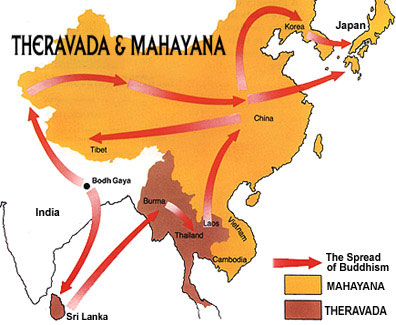Do you know this symbol?
Swastika
Available here
I bet you do. The swastika is most commonly known as the symbol for the Nazi Army that lived and still proceeds to exist in Germany and other areas. The symbol represented the pride and nationalism for Germany at the time Adolf Hitler and his Nazi party ruled over. Hitler took the symbol and used it for his diabolical scheme to let everyone know the Germans were coming and they were fierce.
Buddhist Swastika
Available here
The symbol now is associated with hate and evil. Before Hitler ruined the swastikas image, it used to stand for life, power, strength, and good luck. Many other countries had used the swastika 3,000 years before Hitler had. For example the Buddhist use this symbol.
The Buddhist version of the swastika means “May you prosper and have good fortune.” Almost like a good luck charm. It can be found on many statues, art works, or temples of Buddha and all around Buddhist and Hindu countries, as well in Asia.
It is quite surprising, well shocking, site when you first see the well known symbol of hate is bared on the chest of Buddha. You don’t know what to think really. I myself was confused. But upon further investigation and research I found it to be a happier more peaceful symbol than I had thought. I now look more into the history and usage of symbols used by different cultures and see if they relate to our own.
Especially, here in the West(US) we have tons of symbols but they probably don’t mean the same to a different culture in East (Asia/India). I believe this happens throughout the world where we have same sign but different meaning.
Next time you see a symbol and don’t understand, research it and find out its history. Don’t assume the worst.




